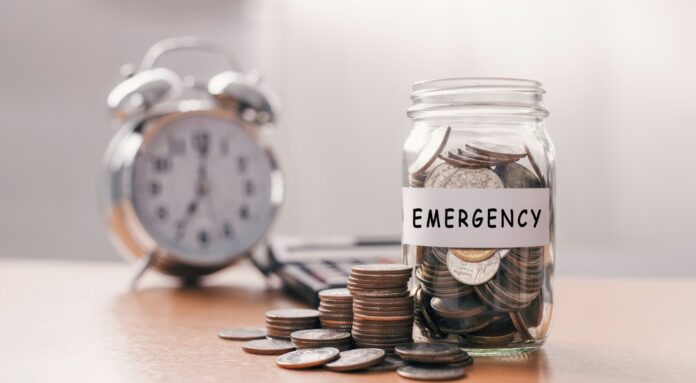Life is full of unexpected events that can derail even the most carefully laid financial plans. While insurance provides a safety net against specific risks, it doesn’t cover all contingencies. This is where an emergency fund comes into play—a financial cushion that can absorb the shocks of unforeseen expenses or income loss.
Why an Emergency Fund is Essential
Insurance policies are designed to protect against particular risks, such as health issues, vehicle accidents, or property damage. However, they often come with deductibles, exclusions, or limitations that leave gaps in coverage. An emergency fund fills these gaps by providing readily available cash when you need it most.
For instance, unexpected job loss can be a significant financial strain. While unemployment insurance may offer some relief, it might not cover all your living expenses. Having three to six months’ worth of living expenses saved can provide the buffer you need to stay afloat during tough times.
The Limitations of Relying Solely on Insurance
It’s a common misconception that insurance can replace the need for personal savings. However, insurance is not a catch-all solution. Policies often have waiting periods, coverage limits, or may not cover certain types of emergencies. For example, while health insurance may cover medical bills, it won’t pay for the sudden need to replace a broken appliance or fund urgent home repairs.
Moreover, insurance payouts can take time to process. In the interim, you’ll need accessible funds to manage immediate expenses. This underscores the importance of having liquid savings in a dedicated emergency fund, separate from your long-term investments or retirement accounts.
Building Your Emergency Fund
Creating an emergency fund might seem daunting, but with a strategic approach, it’s an achievable goal. Start by calculating your necessary monthly expenses—housing, food, utilities, transportation, and debt payments. Aim to save enough to cover these essentials for a period of three to six months.
Here are some practical steps to help you build your fund:
- Set Clear Savings Goals: Define how much you need to save and set a realistic timeline. Breaking down the total amount into manageable monthly savings targets can make the process less overwhelming.
- Automate Your Savings: Arrange automatic transfers to your emergency fund each time you get paid. This ensures consistent progress without relying on manual deposits.
- Use Windfalls Wisely: Allocate unexpected cash inflows, such as tax refunds or bonuses, directly to your emergency fund to accelerate its growth.
- Reduce Non-Essential Spending: Review your budget for areas where you can cut back. Redirecting funds from unnecessary expenses can significantly boost your savings efforts.
Where to Keep Your Emergency Fund
Accessibility is key when it comes to emergency savings. The fund should be kept in a liquid account where you can withdraw money quickly without penalties. Options include a high-yield savings account or a money market account. Remember, the primary purpose of this fund is not to earn high returns but to be available when emergencies strike.
Having your fund in a separate account can also reduce the temptation to dip into it for non-emergency expenses. As noted by financial experts, choosing the right place to store your emergency savings is crucial to ensure it’s there when you need it.
Balancing Emergency Savings with Insurance
While an emergency fund is essential, it doesn’t replace the need for adequate insurance coverage. Instead, the two work hand-in-hand to provide comprehensive financial security. Insurance mitigates significant financial risks by covering substantial costs that would be difficult to handle on your own. Meanwhile, an emergency fund covers the smaller, unexpected expenses and gaps that insurance doesn’t address.
In countries with robust social safety nets, some might question the need for an emergency fund. However, even with solid national healthcare and unemployment benefits, unforeseen expenses still arise that these systems don’t cover. Therefore, maintaining personal savings is a prudent measure regardless of external support structures.
The Peace of Mind Provided by Financial Preparedness
Building an emergency fund requires discipline and may involve short-term sacrifices. However, the long-term benefits far outweigh the initial challenges. Not only does it provide financial security, but it also offers peace of mind. Knowing that you’re prepared for unexpected events can reduce stress and help you navigate life’s uncertainties with confidence.
In conclusion, while insurance is a critical component of financial planning, it’s not a standalone solution. Complementing your insurance coverage with a well-funded emergency reserve ensures you’re prepared for whatever life throws your way.


